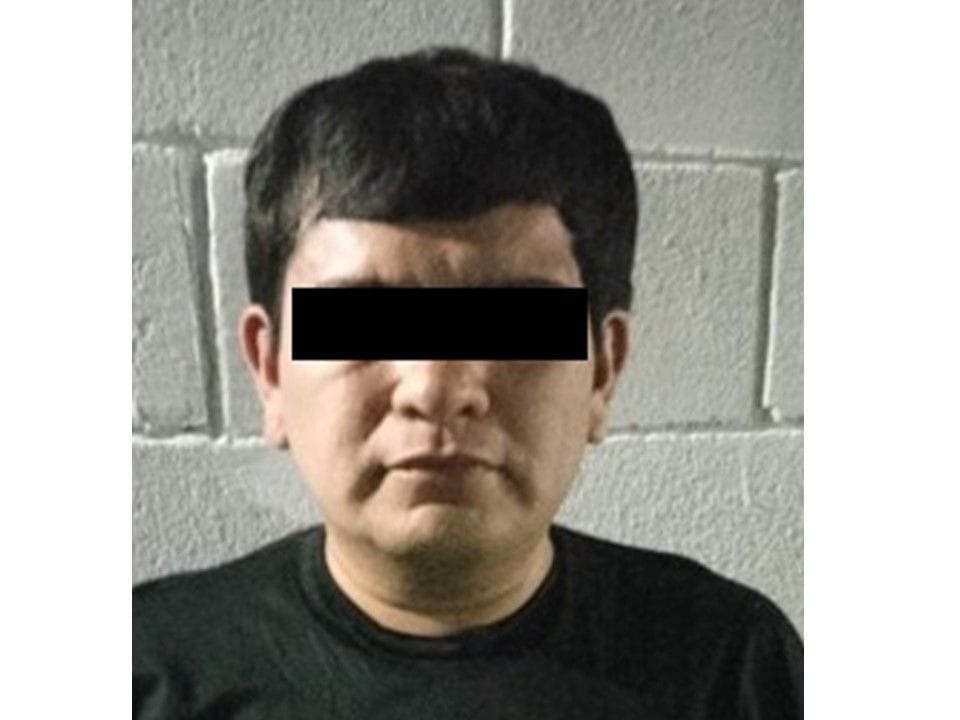Bloody Cartel Shootout in Sinaloa Leaves 19 Dead as Notorious Drug Lord 'El Max' is Captured in Daring Military Operation
Mexican Army clashes with Sinaloa Cartel, leaving 19 dead. Notorious drug lord 'El Max' captured. Violent confrontation linked to escalating cartel conflicts. Authorities identify victims, transfer 'El Max' to high-security prison. Questions arise about potential abuses during operation.





